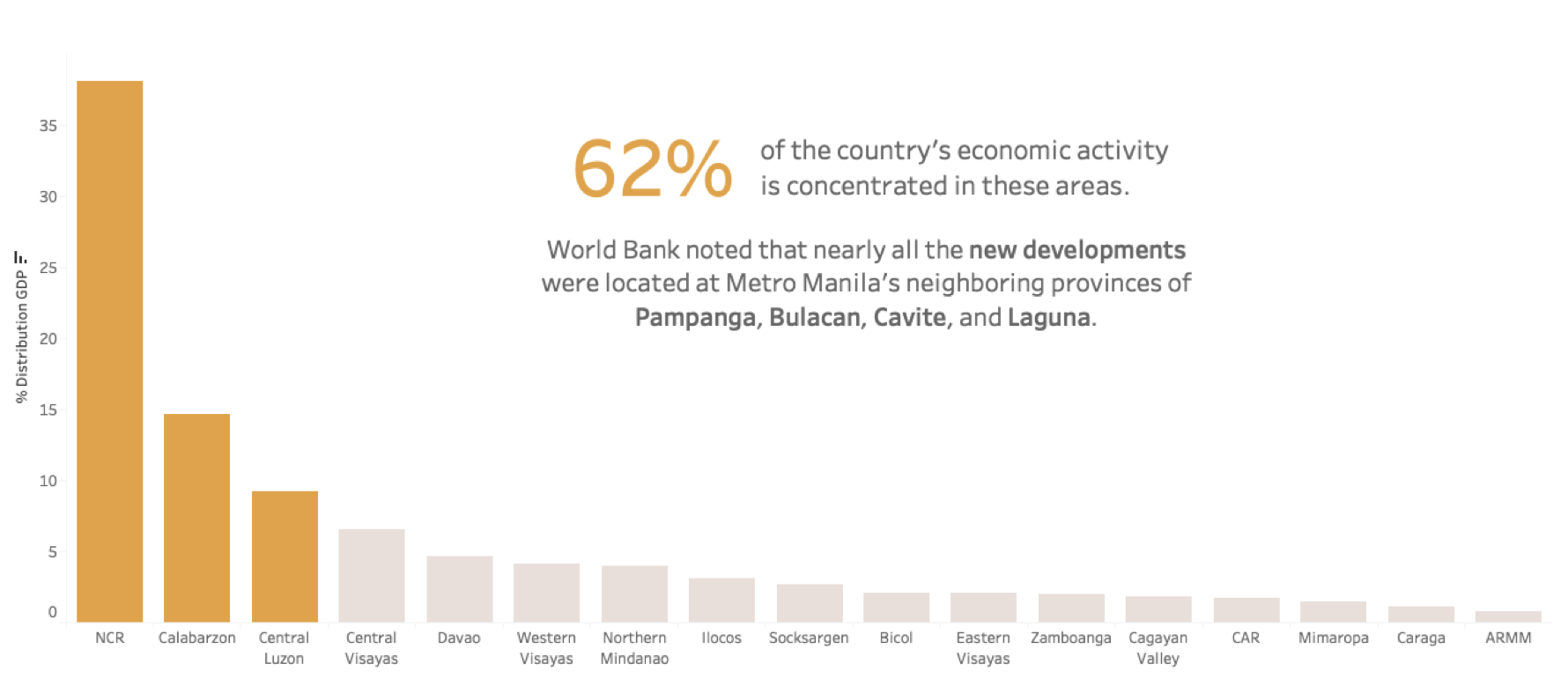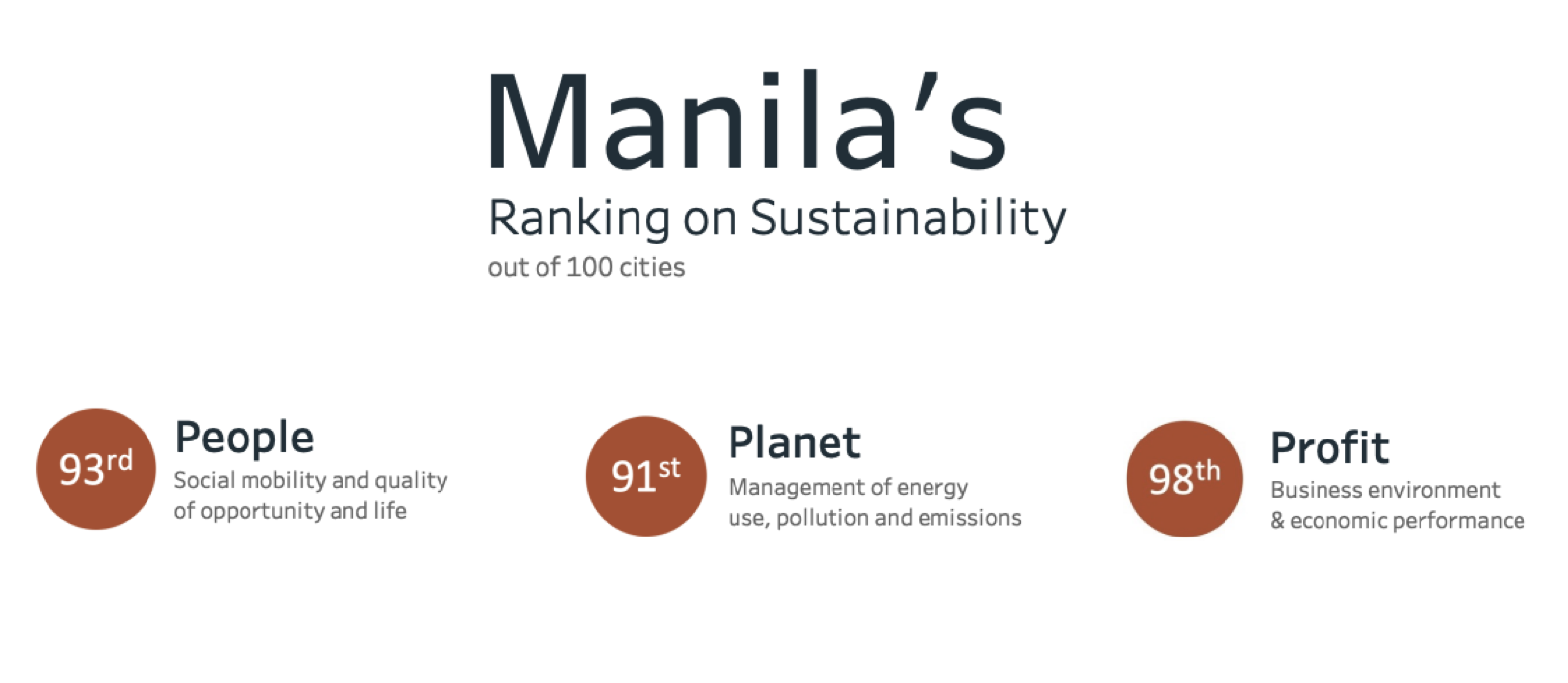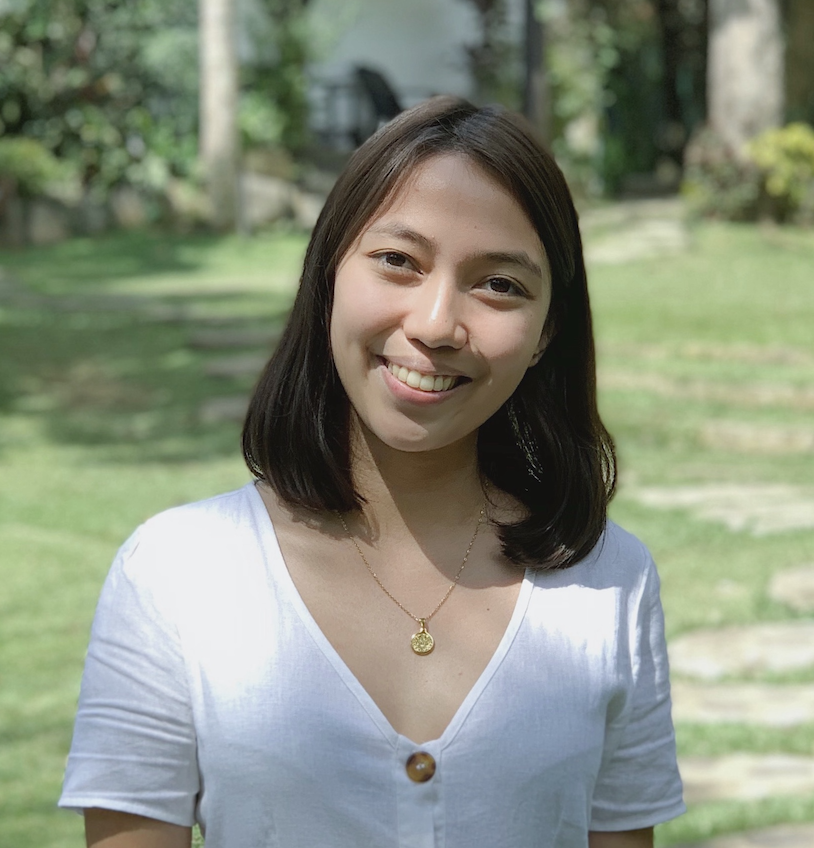Urbanization in Metro Manila
Overview
This was a final project output for our Data Visualization & Storytelling class under Prof. Erika Legara in the M.Sc. Data Science program. We collected data on the Philippine's historical population and GDP to understand the effect of urbanization. For this project, we used Tableau for the visualizations. This was presented to class last April 2019.
Write up
As the global landscape continues to evolve, one key theme in driving change is urbanization. Socioeconomic aspects, such as the presence of more jobs and better pay, draw majority of the world’s population towards urban areas.
Philippines is actually home to one of the densest cities in the world. The population density of Metro Manila is so high it reaches up to 20,785 people per square kilometer and there is no sign of this trend slowing down. That is 60 times larger than the national level which is 337 people per sq km. The urban share (percentage of urban population) has continued to grow by 4.5% annually from the year 2000 to 2017 and it’s projected that by 2050, it would be at 61.71%. This means that our urban population would make up more than half of the national population. This also implies an even stronger centralization effect in urban areas when not planned properly.
Economic Effect
Urbanization of an area positively impacts its economic growth. It creates more opportunities for people and they earn more than they could in rural areas. Infrastructure is also much greater than that of rural areas thereby increasing economic output and creating stronger connection links which enhances trade. On the flip side, urbanization also allows for increased population which raises costs for fuel, food, basic necessities and thus raising the cost of living in those areas.
The Philippines, from 2010 to 2017, has experienced a steady GDP growth rate of 6-7%. However, data tells us that 62% of the country’s economic activity for those years is concentrated in the National Capital Region, Calabarzon, and Central Luzon.

Centralization Effect
As more people move towards urban centers, these cities are starting to struggle with meeting the demands of a growing population. More importantly, they don’t really have the land capacity anymore. This usually then overflows to edge cities around them and to other neighboring areas. It can be noticed that nearly all new developments are located in Metro Manila and it’s neighboring provinces of Pampanga, Bulacan, Cavite, and Laguna. However, not everyone in cities have equal opportunities; the access to housing, livelihood, and social services is not equitable and affordable. In reality, urbanization is more likely to impede social inclusion more than anything else especially for those who are economically disadvantaged.
Adverse Effects
The adverse effects can also be observed through the years. It can be seen that employmnet has shifted from agriculture to services since 1995. This just goes to show that rural areas, where agriculture activities are present, are losing its people to cities where labor for services is in high demand. Moreover, to keep up with the growing population, these cities need more residential and industrial areas. In Cavite, a neighboring rural area of Metro Manila, more than 12 hectares of agricultural land was converted into subdivisions and factories. In effect, there’s a decrease in supply of food while the demand stays high. This now leads to prices increasing.

Needless to say, this also results to the increase of informal settlements. About 1.3 million of the 2.2 million informal settlers in the Philippines are found in Metro Manila. This poor quality of lives gives rise to inequality. Limiting economic development in urban centers promotes a surge of internal migrations which decrease the qaulity of life of the general population. This ineffective planning of land use as well as the lack of proper regulations lead to the mismanagement of urban development.

This begs the question, why can’t we be like other Asian megacities such as Seoul and Tokyo? Well, aside from being established cities far longer than we have, these countries focus on equitable developments. It’s not about centralizing developments in South Korea or Japan’s urban areas but it’s how they move towards trickling down development to other regions. They invest in secondary cities while also studying how to design communities that prioritizes the people. They design solutions ahead rather than coming up with solutions to answer one problem at a time.
Manila actually ranks among the worst countries in the world in terms of its sustainability score. This looks at the people, planet, and profit aspects described below.

What can we do to change this? To ensure social mobility and quality of life, we should invest in secondary cities to spread economic growth across regions. A cohesive strategy on urban development is needed to maximize the benefits of agglomeration. Lastly, different sectors should put in mind the economical, spatial, and social dimensions of inclusions. Successful implementation of a strategy requires a concerted effort by different government agencies. Future human development prospects largely depend on how well our growing cities are managed.
The full infographic can be accessed here.
Acknowledgements
This project was completed together with my learning teammates Bea Palomar and Nigel Silva.
